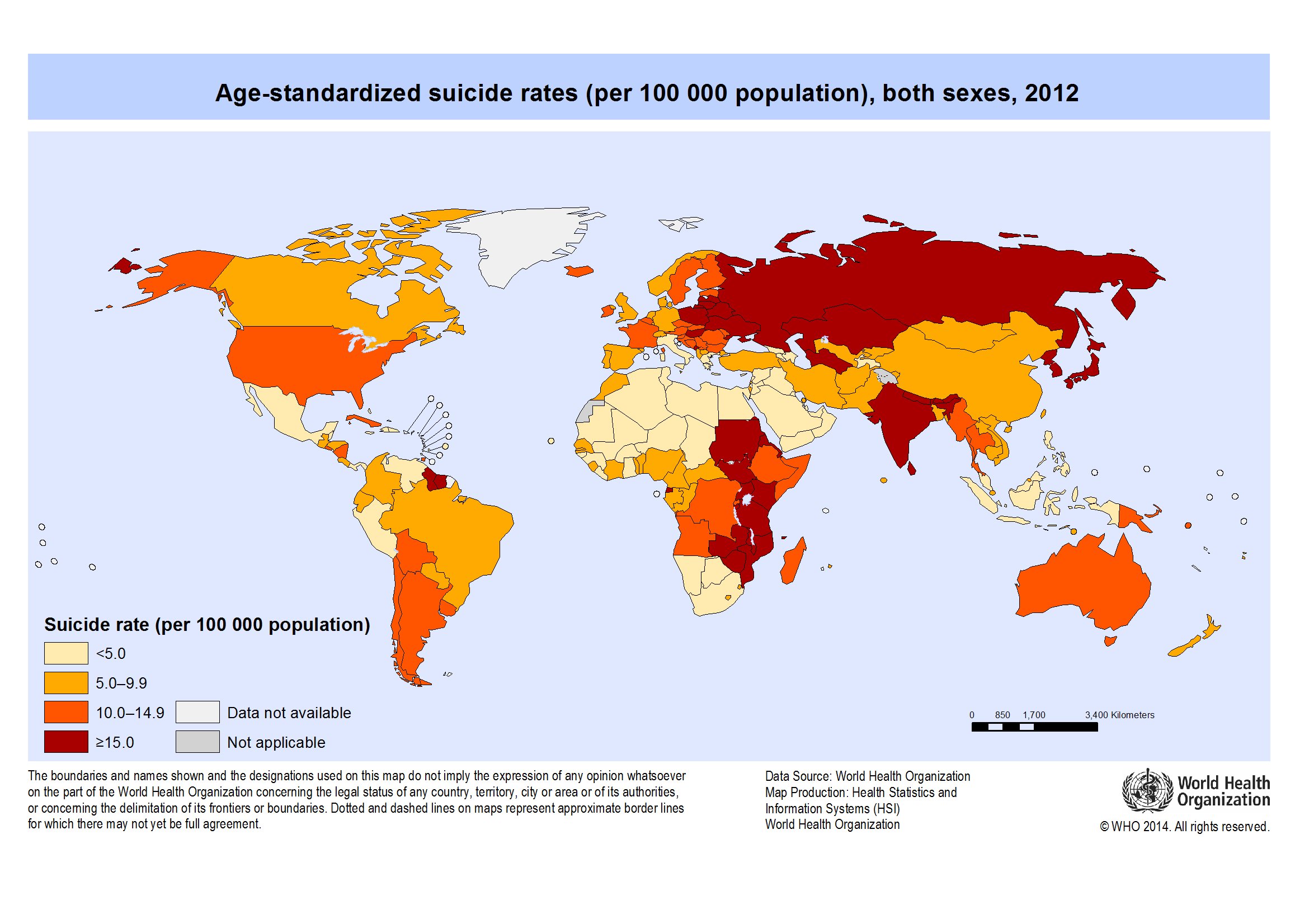
A New Way To Listen
New research published in the journal Suicide and Life-Threatening Behavior shows how machine learning can help identify suicidal behavior using a person’s spoken or written words. The technology was able to pinpoint which participants in the study were suicidal, mentally ill but not suicidal, or neither in the vast majority of cases.
John Pestian and a team of researchers studied 379 patients from emergency departments and inpatient and outpatient centers at three locations between Oct. 2013 and March 2015. The patients, who were classified as suicidal, mentally ill but not suicidal, or neither (serving as the control group), answered standardized behavioral rating tests and took part in a semi-structured interview in which they were asked five open-ended questions such as “Do you have hope?” and “Are you angry?” to stimulate conversation.
The researchers then pulled verbal and non-verbal language (e.g., laughs, sighs, etc.) from the gathered data and used machine learning algorithms to analyze it. The algorithms correctly identified suicidal persons with 93 percent accuracy and were 85 percent accurate in pinpointing a person who was suicidal, had a mental illness but was not suicidal, or neither.

Saving Lives
Machine learning is a segment of artificial intelligence (AI) that involves pattern recognition and computational learning. As such, the more data an algorithm is fed, the more precise its calculations become. While these initial results are impressive, they still show room for improvement and further research with larger sample sizes is necessary.
For now, Pestian is optimistic about how this study could lead to better support for handling cases of suicidal behavior:
These computational approaches provide novel opportunities to apply technological innovations in suicide care and prevention, and it surely is needed. When you look around healthcare facilities, you see tremendous support from technology, but not so much for those who care for mental illness. Only now are our algorithms capable of supporting those caregivers.
According to the World Health Organization, more than 80,000 people die from suicide every year, and even more people attempt it. Often these are younger people, between 15 to 29 years old. Studies like these show that AI needn’t be feared — in fact, if used and developed properly, AI can help save lives.